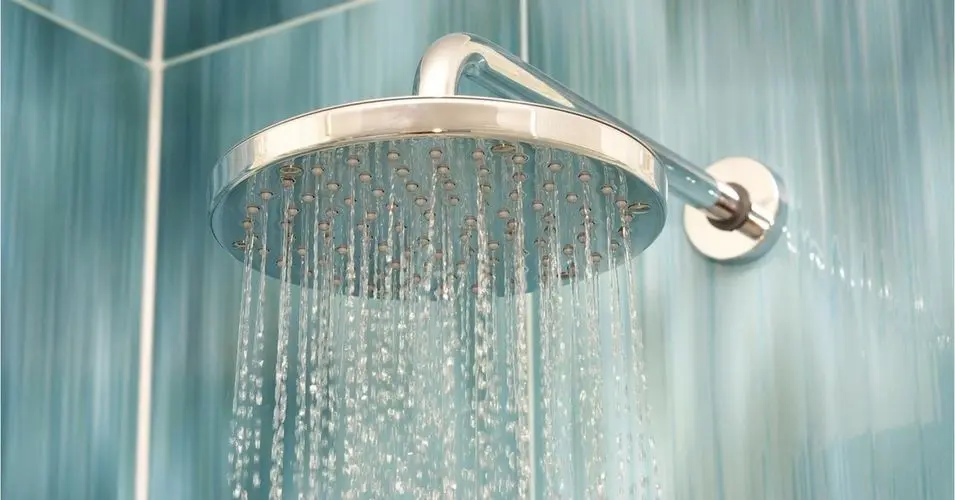Taking a cold shower may seem like a daunting task, especially if you are used to warm showers. However, it can offer numerous benefits for your health and wellbeing. In this step-by-step guide, we will discuss the benefits of cold showers and provide detailed instructions on how to take a cold shower.
Benefits of Cold Showers
Cold showers have been associated with several health benefits, including:
- Improved circulation: Cold water can improve blood circulation by constricting blood vessels, which can improve oxygen and nutrient delivery to the body’s tissues.
- Enhanced immune function: Cold water can boost immune function by increasing the production of white blood cells, which can help fight off infections and disease.
- Reduced muscle soreness: Cold water can help reduce muscle soreness and inflammation by constricting blood vessels and reducing swelling.
- Increased energy and alertness: Cold water can increase energy levels and mental alertness by stimulating the body’s sympathetic nervous system.
- Improved skin and hair health: Cold water can help improve skin and hair health by reducing inflammation and increasing blood flow to these areas.
Step-by-Step Guide on How to Take a Cold Shower
- Start with warm water: Start by turning on the shower and letting the water run for a few minutes to warm up. This will help acclimate your body to the cold water.
- Gradually lower the temperature: Slowly lower the temperature of the water until it is at a cold temperature. Start by lowering the temperature a few degrees at a time until you reach the desired temperature.
- Start with the extremities: Begin by exposing your feet and hands to the cold water. This will help your body adjust to the temperature before exposing larger areas.
- Gradually expose larger areas: Once your extremities have adjusted to the cold water, gradually expose larger areas of your body, such as your arms, legs, and torso.
- Take deep breaths: Taking deep breaths can help you relax and adjust to the cold water. Focus on slow, deep breaths to help calm your body and mind.
- Keep moving: Moving around can help generate heat and keep you warm. Try doing some gentle exercises, such as jumping jacks or lunges, to help keep your body warm.
- Limit your time: Start with short sessions and gradually increase your time in the cold water. Begin with 30 seconds to a minute and gradually increase your time as your body adjusts to the cold water.
- End with warm water: Once you have finished your cold shower, turn the water back to a warm temperature to help warm up your body.
Tips for Taking a Cold Shower
- Start with short sessions: If you are new to cold showers, start with short sessions and gradually increase your time in the cold water.
- Take deep breaths: Taking deep breaths can help you relax and adjust to the cold water.
- Keep moving: Moving around can help generate heat and keep you warm. Try doing some gentle exercises, such as jumping jacks or lunges, to help keep your body warm.
- Be consistent: Consistency is key when it comes to cold showers. Try to take a cold shower every day to experience the benefits.
- Listen to your body: Pay attention to how your body feels during and after the cold shower. If you experience any discomfort or pain, stop immediately.
Cold Showers May Not be Suitable for Everyone
Cold showers may not be suitable for everyone. Individuals with certain medical conditions, such as Raynaud’s disease, circulatory disorders, or heart problems, should consult with their doctor before attempting cold showers. Cold showers can also be particularly dangerous for pregnant women, as they may increase the risk of hypothermia and fetal distress.
However, some individuals may find cold showers to be uncomfortable or even painful, particularly if they have sensitive skin or nerve damage. It is important to listen to your body and stop immediately if you experience any discomfort or pain.
Overall, while cold showers can offer numerous health benefits, it is important to approach them with caution and to consult with a medical professional if you have any concerns or underlying health conditions.
Read Also:
Cold Shower Before Bed
Related



